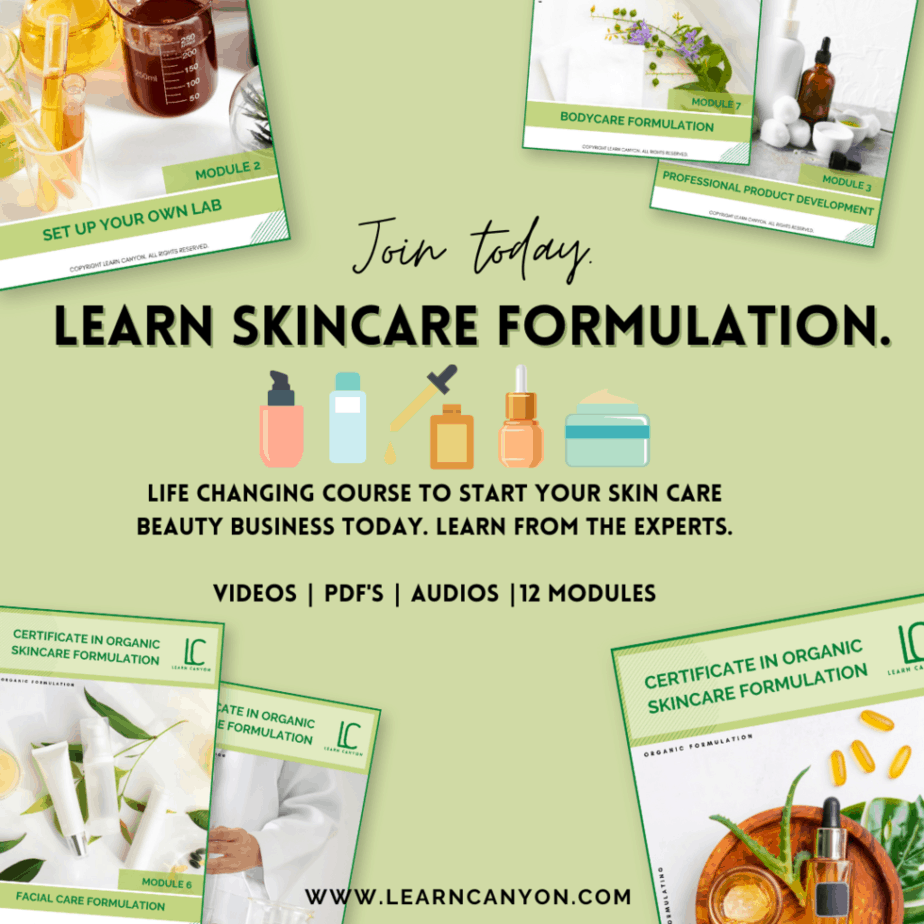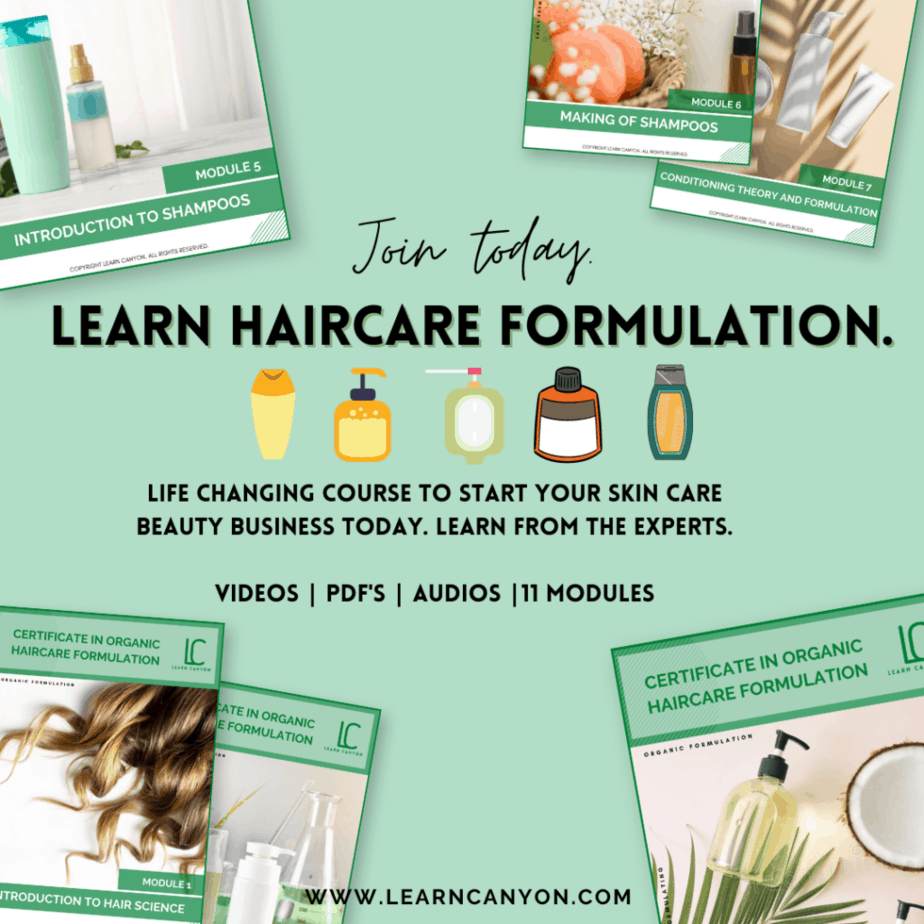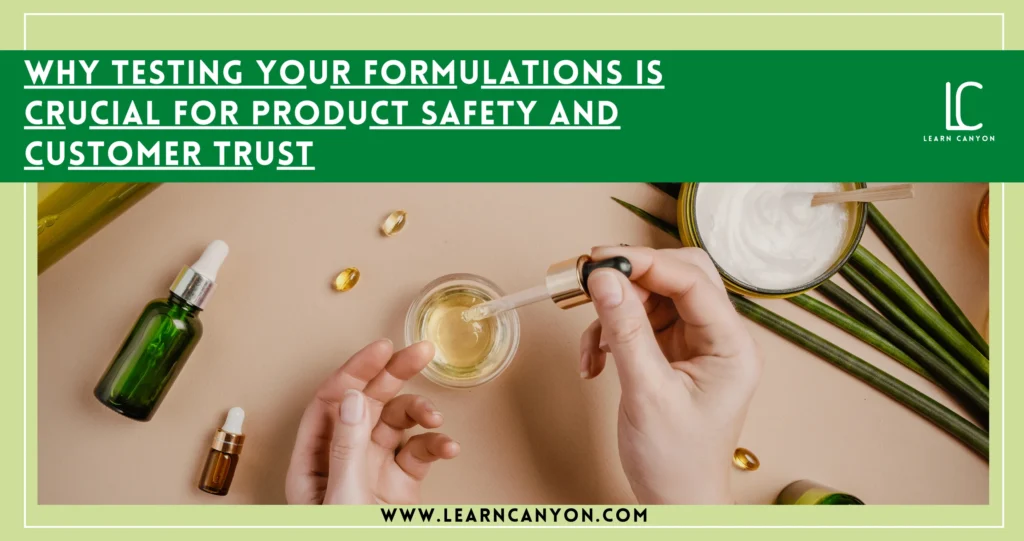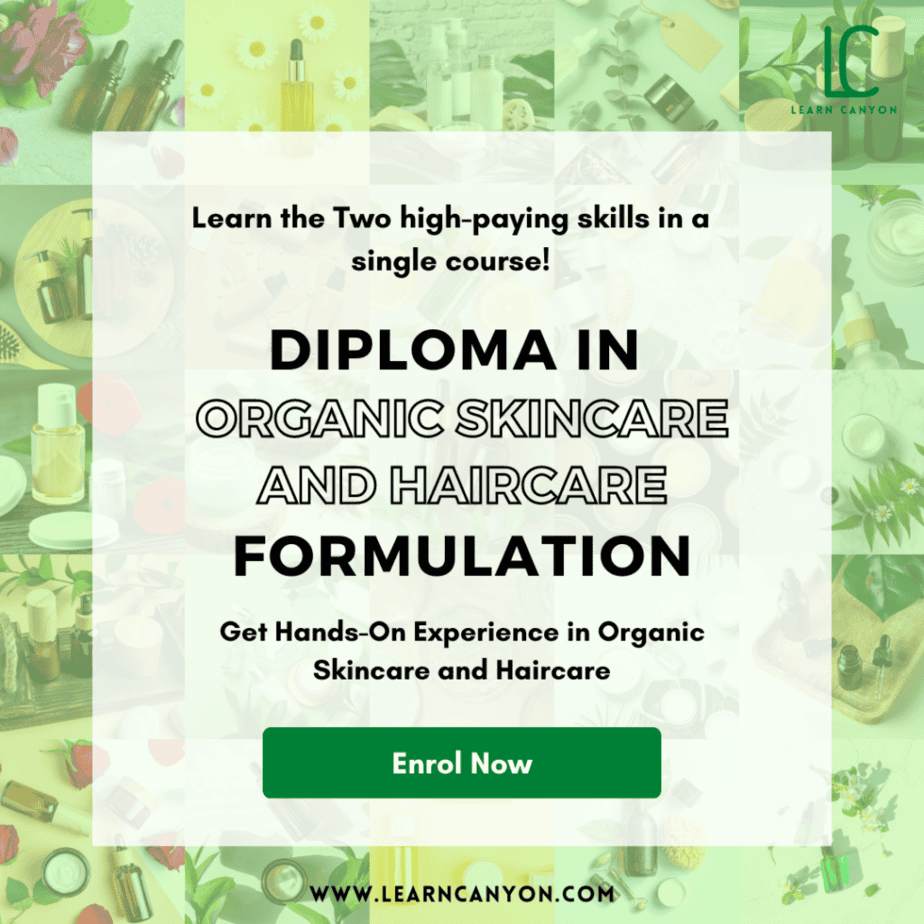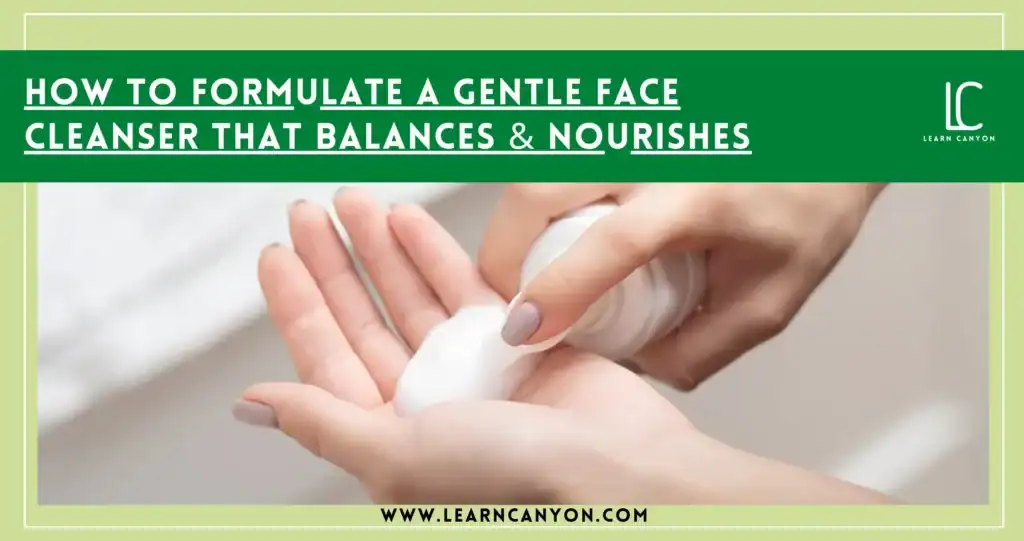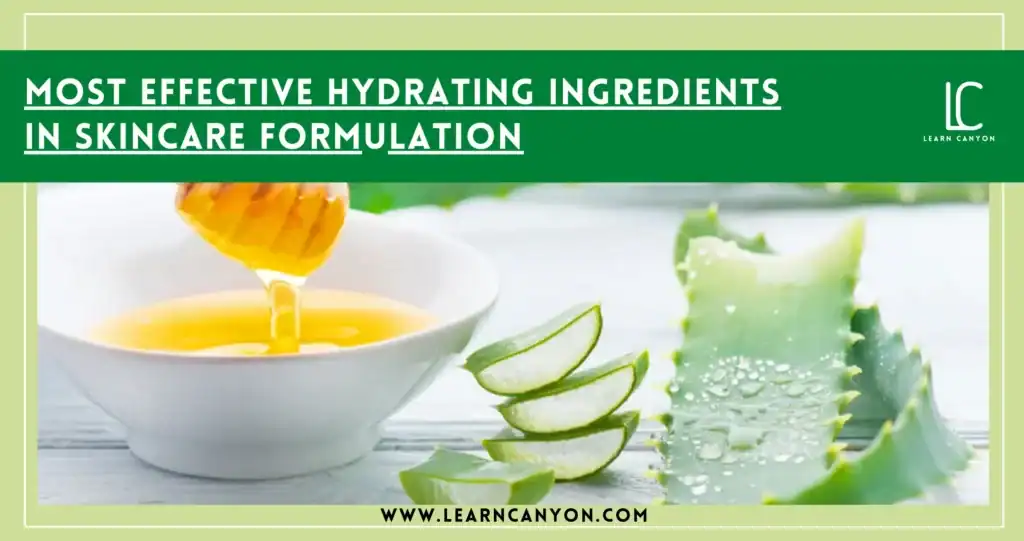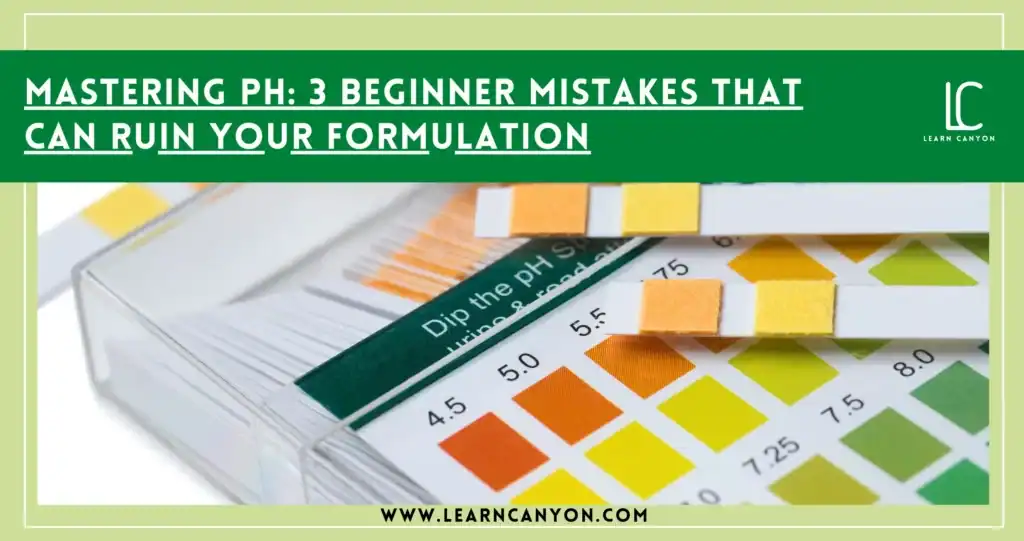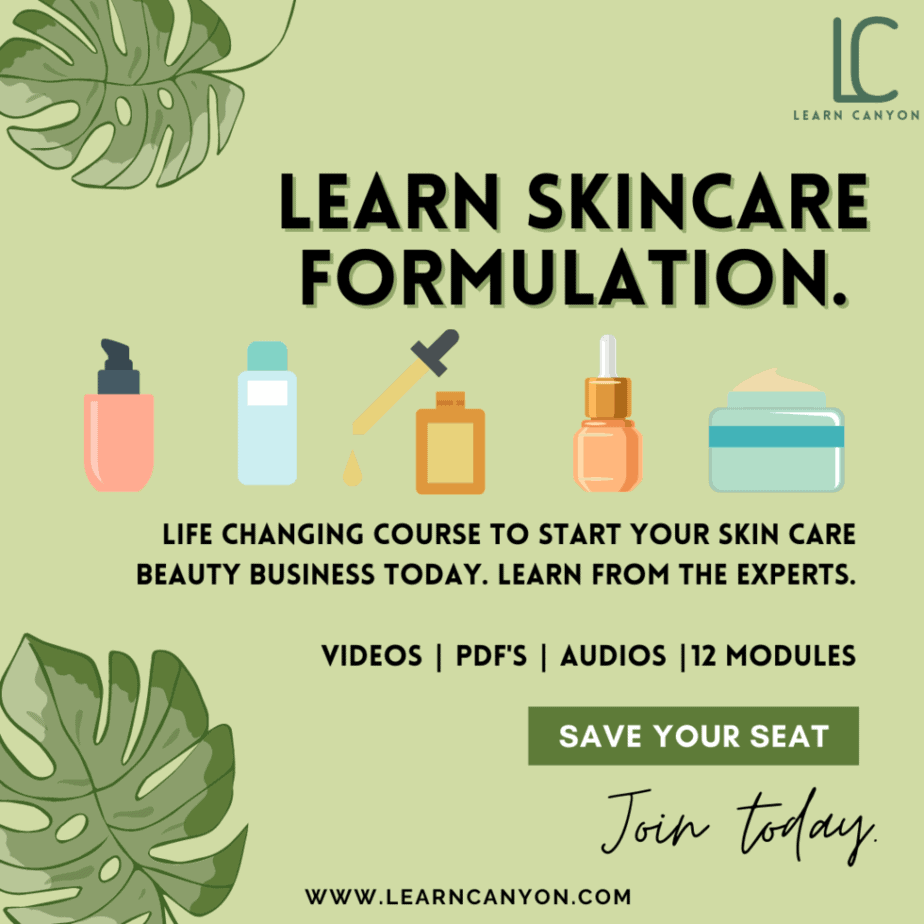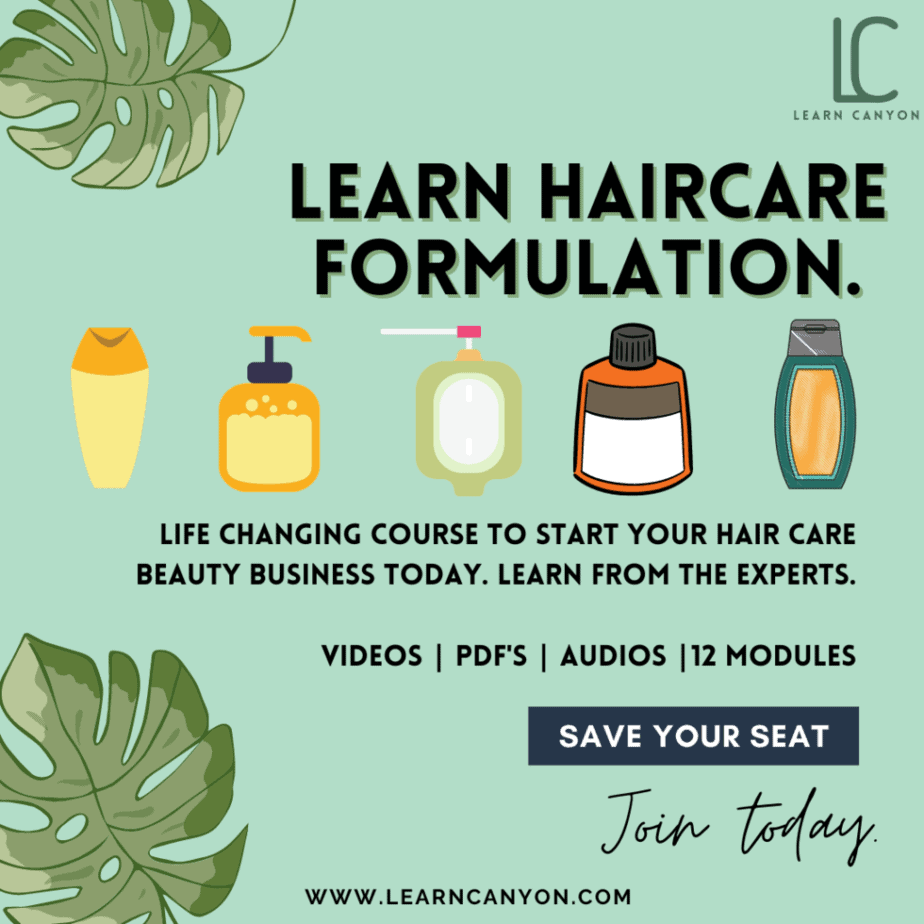Have you ever wondered what it takes to transform your organic skincare or haircare formulation into a product ready for the shelves? As a professional formulator, I can tell you it’s more than just a beautifully crafted recipe.
Testing is the secret ingredient to ensuring your product is not only safe but also effective and trustworthy for your customers.
Think about it your customers are placing their faith in your brand to deliver clean, organic solutions that perform as promised. And with the growing popularity of natural products, the stakes are higher than ever. Testing ensures that every jar of cream, every bottle of shampoo, and every serum you sell meets the highest standards, protecting both your customers and your reputation.
In this blog, I’ll guide you through the essential steps to test your organic formulations like a pro. Whether you’re just starting out or scaling your business, this is your go-to roadmap for making your products market-ready.
The Importance of Testing Organic Formulation
Let’s talk about why testing isn’t just a box to check, it’s the backbone of your product’s success. As a professional formulator, I often remind fellow creators that organic skincare and haircare products are held to the same, if not higher, standards as conventional products. Why? Because your customers are not only expecting results but also peace of mind that your product is safe and reliable.
Imagine this: you’ve poured your heart into creating a luxurious moisturizer, but a few weeks after launch, customers start reporting spoilage or skin irritation. Without proper testing, even the most beautifully formulated product can fail in the real world. Testing ensures that your product stays stable, performs effectively, and is free from harmful contaminants.
And let’s not forget the legal side. Every region has regulations whether it’s the FDA in the U.S. or EU Cosmetic Regulations that require products to meet specific safety and labeling standards. Skipping testing isn’t just risky; it can land your business in hot water.
But there’s an even deeper reason for testing trust. Your customers rely on you to deliver products that align with your organic and clean beauty promises. By testing your formulations, you’re showing them that you care about their well-being as much as you do about crafting amazing products.
So, whether you’re formulating for glowing skin, silky hair, or both, testing is non-negotiable. It’s the difference between a hobby and a professional, market-ready product. Trust me, your formulations and your brand deserve that extra step.
Read the article on Why Testing Skincare Formulations Is Important And How to Do It Right
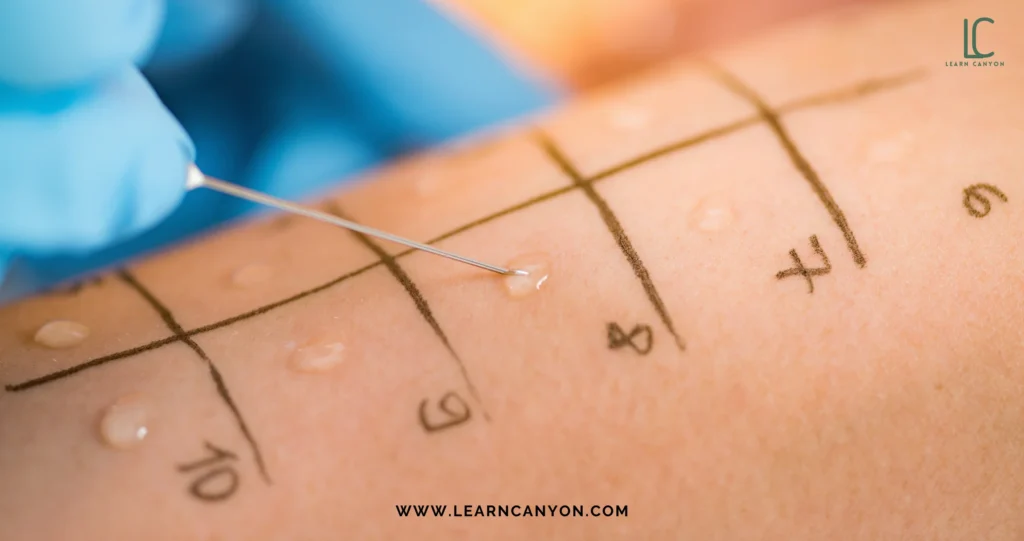
Types of Testing Required for Organic Formulation
When it comes to selling your organic skincare and haircare products, testing isn’t a luxury, it’s a must. Think of it as the ultimate quality check that guarantees your formulations are ready to wow your customers and stand the test of time.
Let’s dive into the key types of testing every organic product needs, and I promise to make this as straightforward as possible.
1. Safety Testing
Your top priority is ensuring your product is safe for everyone who uses it. Here’s how we do that:
- Stability Testing: This checks if your product stays consistent over time. Does it separate? Change color? Lose its fragrance? A stable product means it’ll look, feel, and work the same way on Day 1 as it does six months later.
- Microbial Testing: Because organic products often use natural ingredients, they can be more prone to contamination. This test ensures your formula is free of harmful bacteria, yeast, or mold.
- Patch Testing: Testing a small amount of your product on human skin helps identify potential irritation or allergic reactions. It’s an absolute must for anything that comes in contact with skin.
2. Performance Testing
Your product doesn’t just need to be safe, it needs to deliver on its promises.
- Efficacy Testing: Let’s say your hair mask promises to deeply condition and add shine. Testing ensures it does just that. This step is all about proving your claims are true.
- Sensory Testing: How does the product feel on the skin or hair? Does it spread easily, absorb quickly, or leave a greasy residue? These details matter when creating a luxurious experience for your customers.
3. Regulatory Testing
Here’s where we make sure your product complies with the law:
- pH Testing: The pH of your product can make or break its performance and safety. For example, skincare products need to match the natural pH of the skin to avoid irritation.
- Preservative Efficacy Testing (PET): Organic formulations need a solid preservative system, especially since they often use water-based ingredients. PET ensures your product stays fresh and safe for its entire shelf life.
Testing might sound overwhelming, but it’s what separates DIY products from professional-grade ones. When you invest time and effort into this process, you’re not just protecting your customers, you’re elevating your brand to a whole new level of trust and credibility.
And don’t worry you don’t have to do this all at once. Start small, focus on your core products, and build from there. With the right testing, you’ll not only meet expectations, you’ll exceed them.
Step-by-Step Process for Testing Your Formulation
So, you’ve got your formulation perfected: a rich moisturizer, a luxurious hair mask, or maybe a nourishing serum. Now comes the critical part: testing it to ensure it’s ready to shine in the real world. Let me walk you through the process step-by-step, so you know exactly what to do (and why it matters).
Step 1: Research Local Regulations
Before you even think about testing, familiarize yourself with the cosmetic regulations in your target market. Whether it’s the FDA in the U.S., the EU Cosmetic Regulations, or something else entirely, these rules dictate what you can and cannot sell. They also outline testing requirements, so this step ensures you’re staying on the right side of the law.
- Pro Tip: Regulations can be overwhelming, but don’t worry. Start small and focus on your specific product category. If you’re selling internationally, you might need to meet multiple standards, so plan accordingly.
Step 2: Conduct Stability Testing
This is where you test your product’s endurance. Does it separate? Melt in hot weather? Grow mold after a month? Stability testing helps you understand how your product will behave over time and in different conditions.
- How to Start: Keep samples in various environments room temperature, the fridge, and a hot spot like your car on a sunny day. Observe them over several weeks or months.
- Look for Changes: Check the texture, color, scent, and performance. A stable product means happy customers.
Step 3: Perform Microbial and Preservative Testing
If your product contains water (or ingredients like aloe vera or hydrosols), it’s vulnerable to microbial growth. This is where testing gets serious.
- Microbial Testing: Send your product to a certified lab to ensure it’s free of bacteria, mold, and yeast.
- Preservative Efficacy Testing (PET): This confirms that your preservative system is effective and will keep your product safe throughout its shelf life.
- Pro Tip: Even if you’re using natural preservatives, this test is non-negotiable for water-based formulations.
Step 4: Test the pH
The pH of your product is crucial, especially for skincare. A product that’s too acidic or too alkaline can irritate the skin.
- How to Check: Use a reliable pH meter or test strips. Adjust as needed using citric acid, lactic acid, or a pH adjuster like sodium bicarbonate.
- Ideal pH Ranges: Skin products generally fall between 4.5–6.5, while hair products like shampoos can range from 4–5.5 for a healthy balance.
Step 5: Conduct Patch Testing
You want to ensure your product is gentle and non-irritating for your customers. Patch testing involves applying a small amount of the product to a test area of skin (like behind the ear or on the inner forearm).
- What to Observe: Redness, itching, or irritation. No news is good news here!
- Pro Tip: You can partner with a dermatologist or a testing facility to conduct patch tests on multiple individuals for added confidence.
Step 6: Efficacy and Sensory Testing
Here’s where you prove your product does what you say it will.
- Efficacy Testing: If your cream promises hydration, test its ability to improve skin moisture levels. If your shampoo claims to reduce dandruff, check the results over time.
- Sensory Testing: Gather feedback from testers about the product’s texture, scent, and application experience. First impressions matter!
Step 7: Keep Detailed Records
Document everything. And I mean everything. From your raw ingredient sources to test results, having well-organized records is not just professional, it’s essential if you’re ever audited or face customer queries.
- What to Include: Test results, stability timelines, pH adjustments, and any changes made to the formulation based on feedback or testing.
Step 8: Iterate and Improve
Testing often reveals areas where your product can improve. Maybe it needs a stronger preservative system, a better emulsifier, or a scent adjustment. That’s okay it’s all part of the process.
- How to Approach It: Use feedback and testing results to tweak your formula. Then test again. Perfection takes time, but it’s worth it.
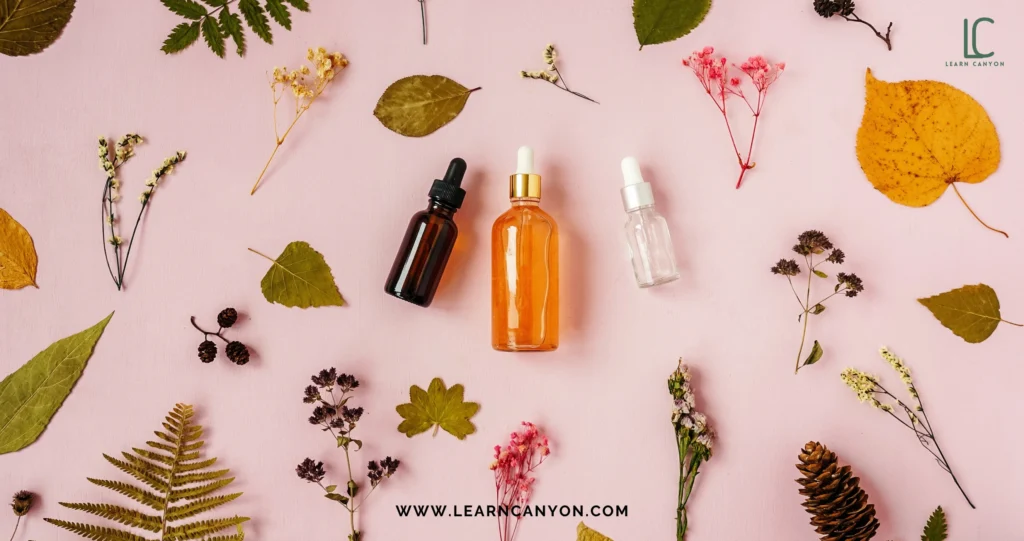
Step 9: Partner with Professionals
If this feels overwhelming, remember you’re not alone. Certified labs and formulation consultants can guide you through the process. Investing in professional testing might feel like a big step, but it’s one that ensures your products are safe, effective, and market-ready.
Testing might seem daunting at first, but trust me it’s the ultimate confidence booster for any formulator. When you know your product can withstand the rigors of the real world, you can sell it with pride and peace of mind. Let the testing begin!
Common Challenges in Testing Organic Formulation
Let’s be real, testing organic formulations isn’t always a walk in the park. As someone who’s spent countless hours in the lab, I can tell you that challenges will arise, but they’re all part of the journey to creating top-notch products. Let’s talk about the most common hurdles and how to overcome them, one step at a time.
1. The Cost of Testing
One of the first questions I hear from budding formulators is, “Why is testing so expensive?” Between lab fees for microbial testing, preservative efficacy tests, and stability trials, the costs can add up quickly especially for small businesses.
- What You Can Do: Start with the essentials. Focus on stability and microbial testing first, as they’re critical for safety and shelf life. You can always expand into more advanced testing as your budget allows. Also, look for labs that offer packages or discounts for small businesses.
- Pro Tip: DIY some initial stability tests by observing your products in various conditions. While it’s not a replacement for professional testing, it’s a helpful starting point.
2. Preservative Challenges
Ah, preservatives. They’re both a necessity and a formulator’s biggest headache, especially if you’re committed to using natural ones. The truth is, finding the perfect preservative system for organic formulations can feel like finding a needle in a haystack.
- The Issue: Natural preservatives are often less potent than synthetic ones, making it tricky to balance safety and shelf life without compromising your “clean beauty” values.
- How to Fix It: Experiment with preservative blends designed for natural formulations. Look for options that are broad-spectrum and compatible with your ingredients. And don’t skip preservative efficacy testing it’s the only way to be sure your system works.
3. Ingredient Variability
Here’s the thing about organic ingredients: they’re wonderfully natural, but they’re not always consistent. Variations in color, scent, and even performance can occur from batch to batch due to factors like weather or soil quality.
- The Challenge: These inconsistencies can affect everything from the look of your product to its stability.
- The Solution: Work with reputable suppliers who provide high-quality, standardized raw materials. And always test each new batch of ingredients before scaling up production.
4. Overpowering Herbal Scents
Organic formulations often feature herbs, botanicals, and other plant-based ingredients that come with their own unique (and sometimes overpowering) aromas.
- The Struggle: Balancing the herbal scent with a pleasant fragrance can be tough, especially if you’re avoiding synthetic fragrances.
- How to Tackle It: Use essential oils or natural fragrances in low concentrations to complement the herbal notes without overwhelming the senses. You can also try masking agents that are safe for natural formulations.
5. Time-Consuming Processes
Testing isn’t just costly it can also take a lot of time. Stability tests, for example, often require months of observation. If you’re eager to launch, this waiting period can feel endless.
- The Key: Patience. Testing is a time investment that pays off in long-term success. While waiting, you can focus on other areas of your business, like branding, marketing, or product photography.
6. Managing Customer Expectations
Let’s face it: organic products are held to a high standard. Customers want safe, effective, and beautifully crafted solutions but they also expect them to be 100% natural, long-lasting, and affordable. That’s a lot to juggle.
- How to Navigate This: Be transparent about your process. Share your commitment to testing, safety, and quality. Educate your customers on why certain compromises (like preservatives) are necessary for their benefit.
7. Keeping Up with Regulations
Regulatory requirements can feel like a moving target, especially if you’re selling in multiple markets. Each country has its own rules, and staying compliant can feel overwhelming.
- How to Stay Ahead: Subscribe to updates from regulatory bodies like the FDA or the European Commission. Partnering with a consultant or certification agency can also save you a lot of headaches.
Testing organic formulations may come with its challenges, but every obstacle is an opportunity to refine your craft. Remember, the extra effort you put into testing now will save you from potential headaches (and unhappy customers) down the road. So embrace the process, learn from the bumps along the way, and trust that your hard work will pay off with a product that truly stands out.
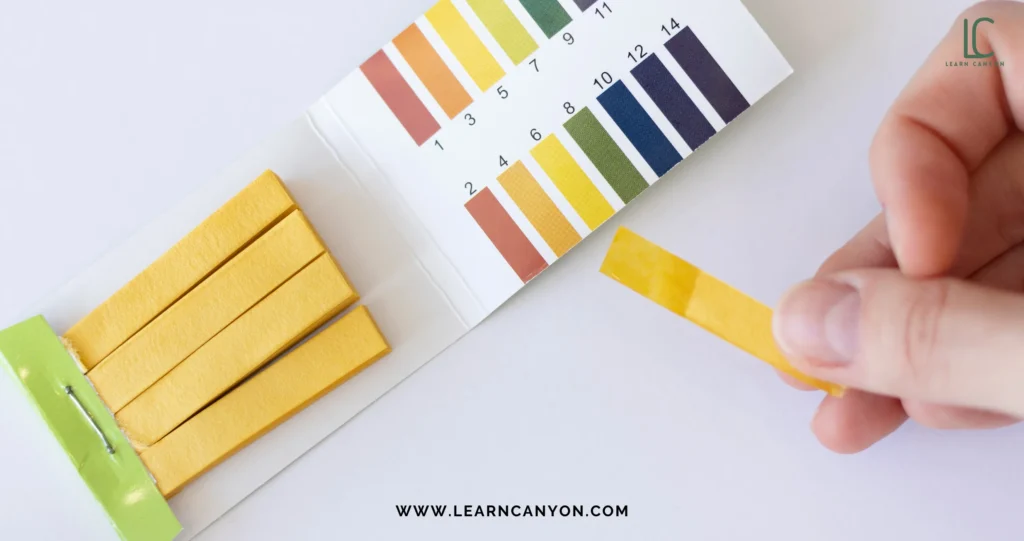
Tips for Small-Scale Formulators
If you’re a small-scale formulator, you know the thrill of creating something unique and beautiful and the occasional stress of navigating the world of testing and scaling. But don’t worry; I’ve been there, and I’ve got some practical tips to help you make the most of your resources while staying professional and confident.
1. Start with the Essentials
When you’re just getting started, focus on the must-haves: safety, stability, and microbial testing. These are non-negotiable, as they ensure your product is safe and effective.
- Pro Tip: You don’t need to test everything at once. Begin with your hero products that you’re most excited to launch and build from there.
2. Use DIY Testing as a Starting Point
Professional lab testing is essential, but you can do some initial testing at home to save time and money.
- Stability Testing: Keep samples of your product in different environments (e.g., room temperature, fridge, and warm areas). Observe changes over time in texture, color, and scent.
- pH Testing: Invest in a reliable pH meter to ensure your products are skin-friendly.
- Important Reminder: DIY tests are a great way to catch obvious issues early, but they’re not a substitute for professional lab testing.
3. Leverage Free and Affordable Resources
You don’t need to break the bank to grow your business. Many resources are available to help you learn and test effectively.
- What to Explore:
- Free webinars or affordable workshops on cosmetic formulation and testing.
- Community forums or groups where formulators share tips and experiences.
- Budget-friendly testing labs that offer packages for small businesses.
4. Focus on Small Batches
As a small-scale formulator, one of your superpowers is the ability to experiment in small batches. This saves you money and allows for quick iterations.
- How It Helps: You can refine your formula without wasting large quantities of ingredients, and small-batch testing is faster and more manageable.
5. Partner with Other Small Businesses
Testing can be expensive, but there’s strength in numbers. Teaming up with other small-scale formulators to share lab costs or bulk ingredient purchases can significantly reduce expenses.
- Example: You and another formulator could split the cost of a Preservative Efficacy Test for similar formulations, saving you both money.
6. Choose Multi-Functional Ingredients
As a small-scale formulator, every ingredient should earn its place in your formula. Look for multi-functional ingredients that provide multiple benefits.
- Examples:
- Aloe Vera: Acts as a hydrating base and soothing agent.
- Natural preservatives with antioxidant properties (e.g., rosemary extract).
7. Document Everything
Keeping detailed records isn’t just professional, it’s a lifesaver. Note down your ingredients, their sources, batch sizes, and every test result.
- Why It’s Crucial: If something goes wrong (or brilliantly right!), you’ll know exactly what to adjust or replicate. Plus, good records are essential if you’re audited or need to provide proof of compliance.
8. Educate Your Customers
As a small-scale formulator, transparency is your best friend. Educate your customers on the natural variations and testing processes behind your products.
- How to Do It: Share behind-the-scenes snippets on social media, explain why certain ingredients are necessary, and highlight the rigorous testing your products go through.
9. Be Patient with the Process
Testing takes time, and it can feel frustrating when you’re eager to launch. But remember, every test brings you closer to a product you can be proud of.
- What to Do While You Wait: Use the time to work on your branding, social media presence, or product photography. Every aspect of your business matters!
10. Invest in Yourself
Finally, don’t hesitate to invest in your skills. Courses like ours, books, and mentorships can help you grow as a formulator and avoid costly mistakes down the line.
- Pro Tip: Look for programs tailored to small-scale formulators. There are plenty out there designed to help people just like you!
Remember, being a small-scale formulator isn’t a limitation, it’s an opportunity to connect deeply with your craft and your customers. Take things step by step, and don’t rush the process. Your passion and attention to detail will shine through in every product you create.
Testing your organic skincare and haircare formulations may feel like a big task, but trust me it’s worth every bit of effort. As a professional formulator, I can confidently say that proper testing is the bridge between a great idea and a successful product. It’s what ensures your creations are not just safe and effective, but also something you can confidently stand behind.
Think about it: when you invest time and care into testing, you’re not just protecting your customers you’re protecting your brand. You’re showing the world that you’re serious about quality and committed to delivering the best. And let’s be honest, there’s no better feeling than seeing your customers rave about a product you’ve meticulously crafted and tested.
Remember, testing doesn’t have to be overwhelming. Start small, take it step by step, and focus on the essentials. Over time, you’ll refine your process and gain the confidence to scale your business without fear of surprises.
So, whether you’re just starting out or looking to take your formulations to the next level, know that every challenge is an opportunity to grow. You’ve got the passion, the creativity, and now the knowledge to make it happen.
Go forth and create with confidence your customers are going to love what you’ve made.
Happy Testing.


